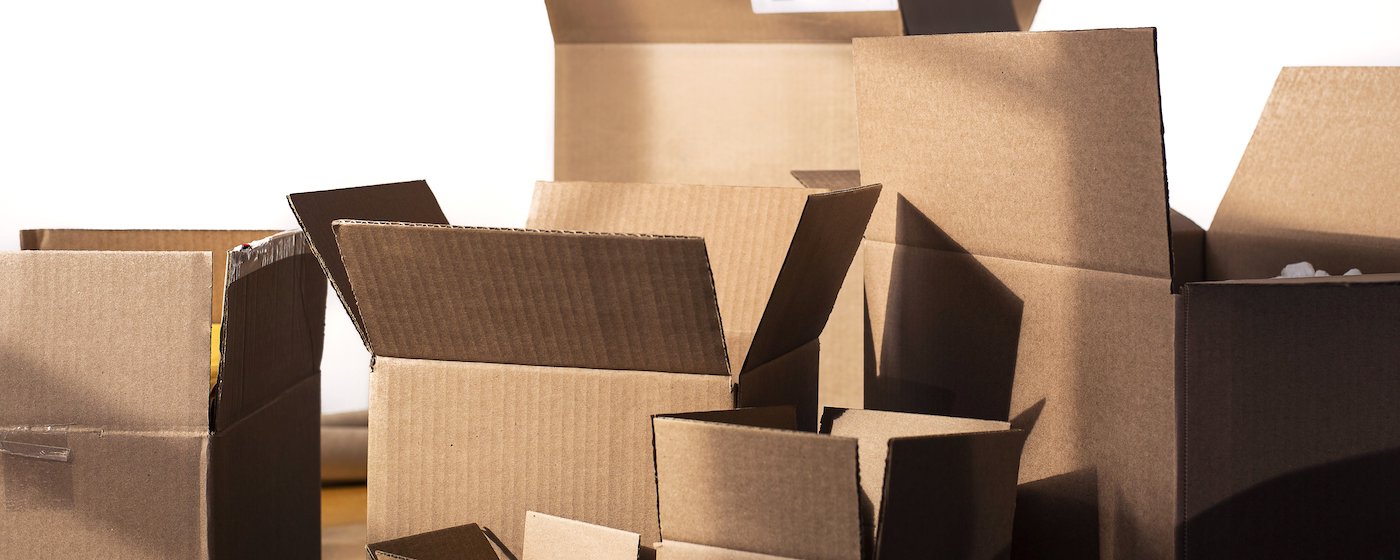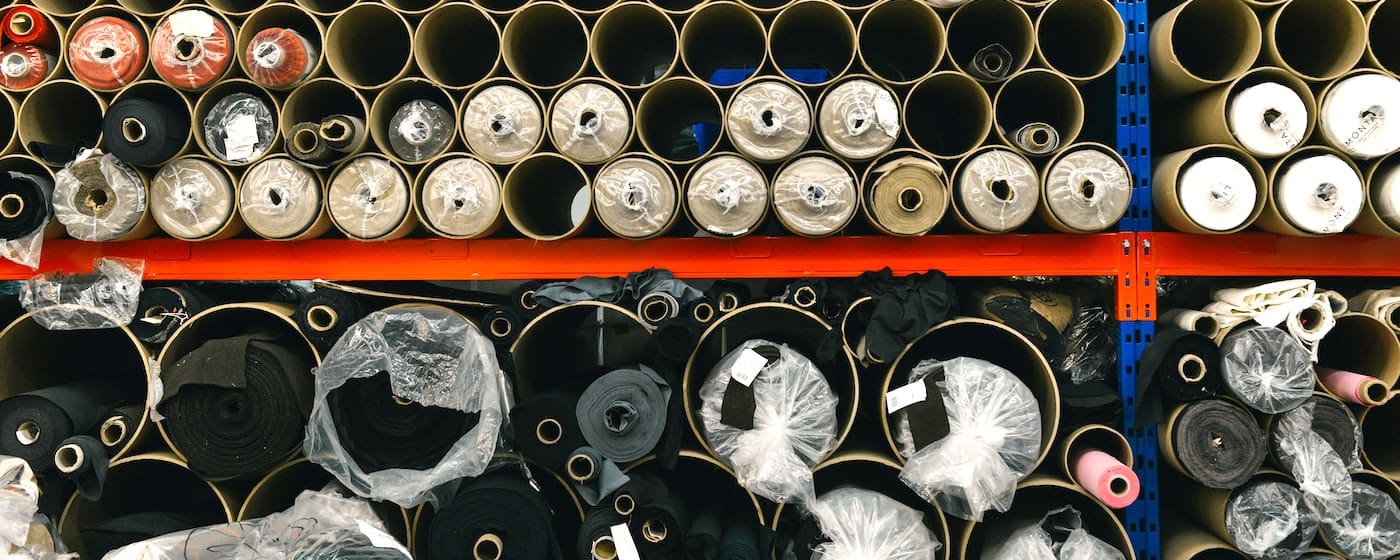Table of Contents
** Minutes
How the reverse logistics process works
Costs of returns on a business
Your ecommerce business probably spends a lot of time thinking about how to optimise your logistics costs and process, but do you give your reverse logistics process the same consideration?
If not, it could be costing you a lot of repeat business. Companies that provide a great post-purchase experience, including the reverse logistics process, are likely to see repeat business from customers 84% of the time.
In this article, you’ll learn what you should know about reverse logistics, how to improve the process, and why partnering with a 3PL like ShipBob is a common solution for many ecommerce businesses.
What is reverse logistics?
While logistics encompasses everything involved in moving a product from the retailer’s warehouse to the customer’s location, reverse logistics refers to the process of moving a product or package back from the customer to the supplier, in the event of a return or exchange.
Product returns are common in the ecommerce industry, impacting anywhere up to 40% of product purchases depending on the category.
Customers might return an item because it doesn’t fit, doesn’t match the product description, is defective, or any number of other reasons — many of which won’t stop them from shopping with the retailer again if their expectations are met during the returns process.
The reverse logistics process covers everything from the initiation of a return to processing the product at the retailer’s warehouse, including packaging, shipping, customer support, inspection, and restocking or disposing of the product through recycling, repurposing, or other means.
It’s important to build a reverse logistics process that’s efficient, cost-effective, and delivers a great experience, for both the customer and the merchant.
How the reverse logistics process works
In many cases, reverse logistics can be costly and difficult to manage.
Many logistics partners, like ShipBob, can help your business automate and outsource the returns process with optimised routing to get the products back into your inventory as quickly and cheaply as possible.
But before you source the right logistics partner, it’s important to understand the steps that go into reverse logistics.
Customer receives item
There’s a lot riding on a successful delivery of a package, and you can minimise reverse logistics activity if you can “wow” the customer at this stage.
Your delivery should arrive on time and in perfect condition with packaging that protects the item from damage during transit. And of course, it should include the item(s) that the customer actually selected.
If any of these conditions aren’t met (the box or item is damaged, the item is the wrong size or colour, or the delivery is delayed), your odds of a return go up. That’s why it’s important to focus on creating a fantastic customer experience through the entire delivery process.
Even so, there are some cases where a customer may still want or need to return an item. What happens then?
Customer initiates a return
Every brand will have their own returns policy. Ideally, it’s easy for customers to understand with a specified return window for all products except final-sale items and other special categories.
When a customer wishes to return an eligible item, they should have the ability to easily request a refund or exchange through one of your sales channels (website, app, email, etc.), via a support agent or an automated solution.
Your agent or solution should be able to provide a seamless process for getting the item back to your warehouse, with flexible options based on the customer’s preferences.
Return label printed
Your brand should provide its customers with flexible options for returning an item.
You might offer them pre-printed return labels when they receive their package in case a return is required, or you can provide them with printable return labels when they initiate a return request.
However, if a customer doesn’t want to repackage an item, or repackaging requires specialized skills or materials, you should also include an option to take the unboxed item to a drop-off location, where it can be packaged safely on their behalf.
Items are sent back to be returned
Next, returned items are sent back to the business.
If a customer has chosen to self-mail the package, you can route it back to your warehouse or a 3PL’s fulfilment centre location that’s closest to the customer’s address, helping you save time and money on shipping by identifying the most efficient route.
Or, a return can be routed to a fulfilment centre with low inventory to optimise stock in each location.
If a customer has selected a drop-off location, you can save on shipping with bulk package pricing by waiting until you’ve accumulated a larger quantity of returns, then shipping returns back in bulk at a discounted shipping rate.
In either case, if you partner with a 3PL, they can help you efficiently and affordably determine where to route your returns, and provide the customer with regular shipping and refund status updates along the way.
Returned items are received & inspected
During the return process, your warehouse staff or 3PL partner will confirm that items are eligible for resale before restocking as available inventory.
If the item is still in original packaging, you can skip this step, but if the item has been opened, it’s important to check for signs of wear and tear or other flaws to determine whether the item should be returned to inventory.
Depending on your policy, the customer may not receive their refund until this phase is completed, and you may opt for an alternative solution, like store credit, if the product is not deemed eligible for a return.
Items are returned to inventory
Once items have been inspected, they can be re-shelved and relisted in your inventory if they are resellable. Your team or 3PL provider will restock the items and update SKU count using an inventory management software.
Items can also be labelled as “open box” sales or another type of special listing or sale based on the item’s current demand, condition, etc.
It’s also important to find ways to safely and sustainably dispose of items that cannot be resold. Your brand might work with a recycling plant to recycle your products, or ship gently used products to a donation centre where they can receive a second life.
Costs of returns on a business
The cost of reverse logistics includes many elements, such as:
- Customer support costs
- Processing/handling costs
- Logistics costs
- Credits/replacement cost
- Asset depreciation costs
The global reverse logistics market was valued at USD $635.6 billion in 2020, and expected to reach USD $958.3 billion in 2028. On average, it costs 66% of the price of a USD $50 item for a retailer to process a return from start to finish.
Tips for improving your reverse logistics process
Reverse logistics can be costly, but it doesn’t have to be that way.
The key to reducing the cost of reverse logistics isn’t to make returns harder, which will discourage customers from shopping with you in the first place.
Instead, focus on creating a flexible returns and exchange policy, along with an automated process that boosts the efficiency of every stage of the reverse logistics cycle.
Here are some tips to help you optimise your reverse logistics and reduce costs.
Implement order management software
One key reason for returns is that a customer has received the wrong item.
By using software to keep track of your orders, you can reduce instances of shipping the wrong items to customers and provide them with order updates regarding their shipment status.
A 3PL partner like ShipBob can integrate with your order management solution, so you’ll be able to update inventory in real-time for maximum accuracy.
Make your return policy clear and easy to find
Your return policy shouldn’t be buried on your website or confusing to understand. It should be clear, straightforward, and flexible, giving your customers confidence in your brand’s promise.
By creating a simple returns policy, you may see slightly more returns as a result, but you’ll see even more first-time customers decide to try out your brand, since a well-defined policy can build trust, boosting your revenue and returning customer rate.
Use modern software to handle returns
The best ecommerce stores have returns management planned out, ensuring that the post-purchase customer experience is every bit as strong as the pre-purchase experience.
By using an automated returns management solution that empowers your customers to initiate their own returns, set up return shipping, and track shipment status, you’ll be able to deliver peace of mind to your customers.
And by providing seamless options for product exchanges, your brand can retain more revenue, and generate more recurring revenue from returning customers.
Conclusion
Having a well-defined returns policy is the first step, but the key to an effective reverse logistics strategy is investing in processes and systems that automate the process, reduce costs, and enable speed.
Though it’s possible to manage reverse logistics in-house, it’s always a good idea to partner with an omnichannel fulfilment provider like ShipBob.
ShipBob’s fulfilment platform easily integrates with Loop Returns, a returns solution that gives customers extra credit to continue shopping, giving you a better opportunity to keep the relationship alive.
“ShipBob works really well with our tech stack and partners with solutions we use like Klaviyo, Shopify, Gorgias, Route, and Loop Returns. All returns from Loop just get taken care of with ShipBob. It keeps things very simple for us, and it’s easy to use.”
Torii Rowe, COO & Co-Founder of MANSSION
If you’re ready to reduce costs on reverse logistics and improve customer satisfaction, contact ShipBob today.
Reverse logistics FAQs
Here are answers to the top questions people ask about reverse logistics.
What is the difference between reverse logistics and returns management?
Reverse logistics refers to end-to-end supply chain management associated with transporting a product back from the end customer to the supplier, or otherwise disposing of the product. Returns management refers to the solution or process that you use in order to control the reverse logistics process.
What is a reverse logistics company?
Some 3PL companies focus solely on order fulfilment, while others are able to provide omnichannel solutions, including returns management, no matter where the point of sale took place. Other reverse logistics options include recycling plants and donation centres.
Does ShipBob offer reverse logistics services?
Yes! Check out ShipBob’s Returns page to understand how ShipBob handles reverse logistics.
How do I improve the reverse logistics process?
Find the right technology and partners to help you optimise your reverse logistics process. With the right solutions, you’ll be able to save costs, improve the customer experience, and drive more retained revenue through exchanges.



